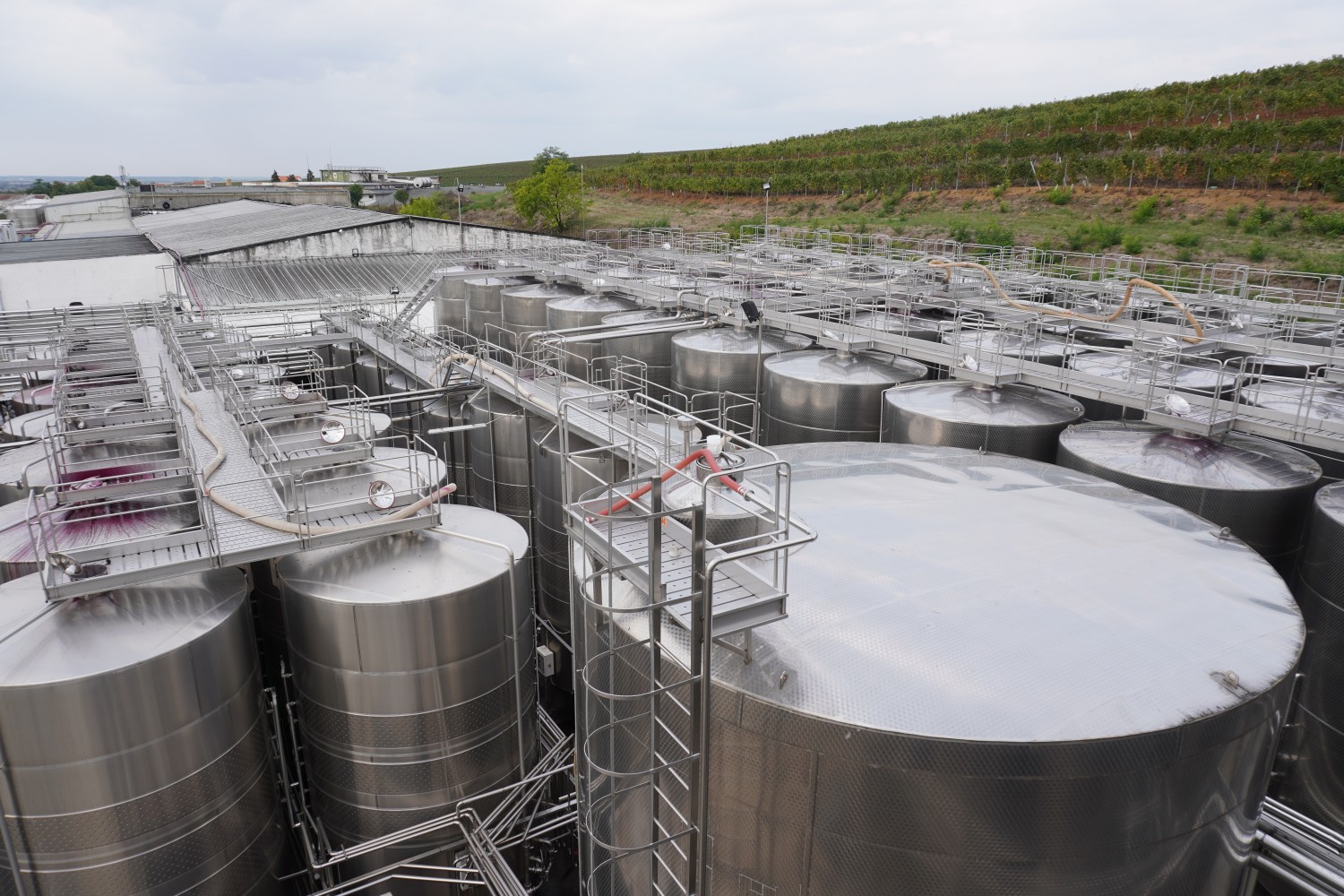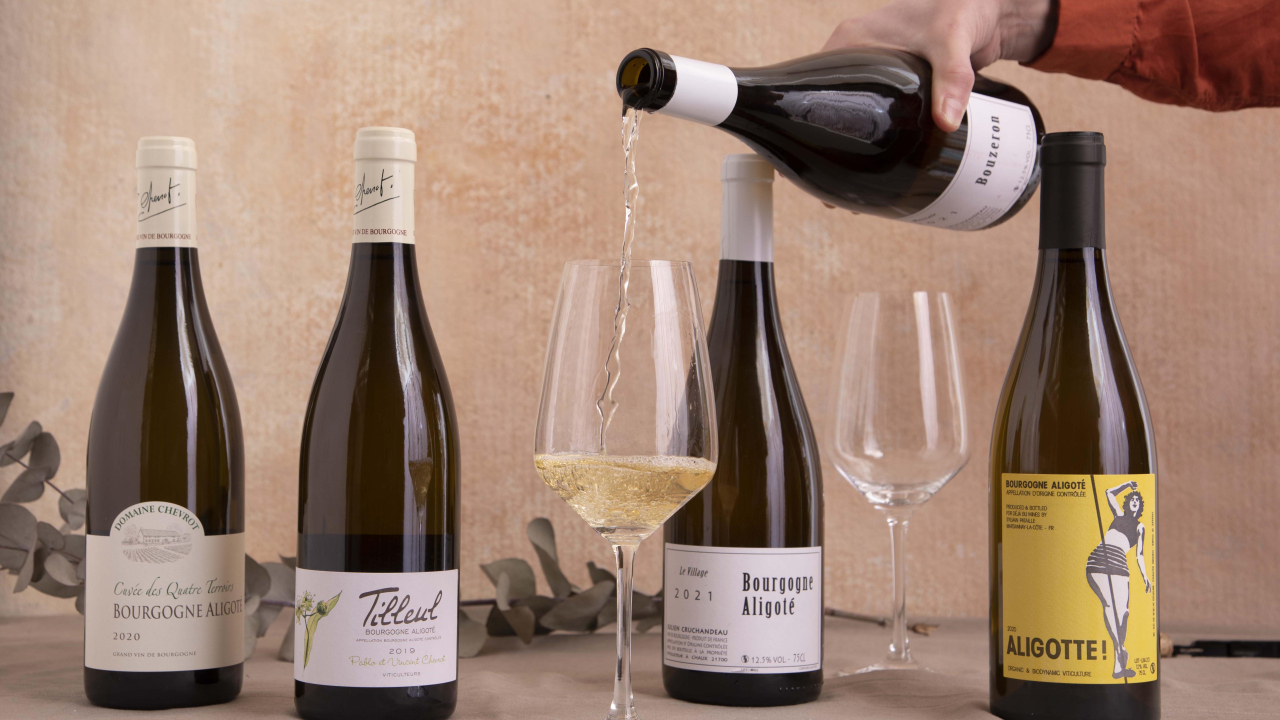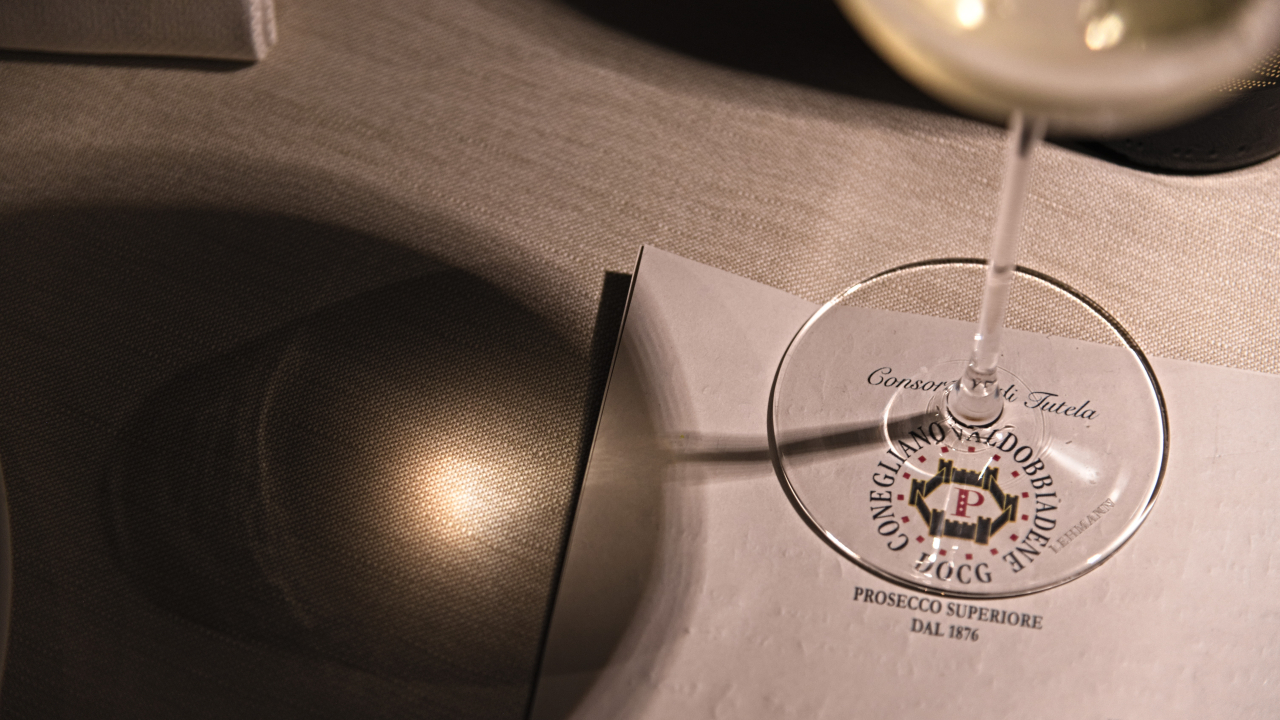BLOG
Wine: Commodity or Artisan Product?
Simon Woolf
Tasting & Trends

Wine Scholar Guild is currently developing a wine tasting diploma with a difference – stay tuned for an announcement in early 2024. This revolutionary course will allow students to take their critical tasting skills to the next level and gain deeper understanding of expression of place and terroir in wine. The course delves deeply into neuroscience and a qualitative approach to wine tasting, with an emphasis on texture and mouthfeel. We consider many elements that are neglected in traditional tasting methodologies, such as energy, vitality, salivation and digestibility. In this article, Simon J. Woolf asks what makes the difference between mass produced commodity wine and artisanal wine that reflects its origins.
Imagine that a friend invites you out for a nice restaurant dinner, without disclosing the location. You meet up at the allotted time, and they lead you under the infamous golden arches into a branch of the world’s largest fast-food chain. You may start wondering if it’s time to get some new friends.
McDonalds and their competitors call their outlets restaurants, but they have little to do with what any foodie or bon vivant would understand from the term. These fast-food chains offer a heavily reductionist version of the restaurant experience. Anything peripheral – table service, comfortable chairs, mood lighting, real crockery or cutlery – is dispensed with, leaving just the one bare necessity: hot food that you didn’t have to prepare yourself.
Just about everyone instinctively understands the difference between this proposition and a classic restaurant, with waiting staff, a chef and a wine list. But what’s the biggest differentiating factor? Fast food chains offer a commodity, pure and simple. The order, payment and fulfillment process works like a production line. The food itself is sourced and produced in bulk, pre-prepared and pre-packaged to the maximum extent possible, and then distributed to individual branches and/or sold to their franchisees. Your burger or chicken wasn’t grilled to order, but prepared as part of a batch according to expected demand. The goal is 100% consistency and predictability. Your food will taste and look the same as it did last week, last month or last year.
Conversely, the classic restaurant concept is more artisanal and personalized. Your meal will be cooked to order by the chef. It will be brought to your table nicely presented on a plate with some garnishes. There might be seasonal ingredients or daily specials. The restaurant interior, hopefully, will be comfortable and encourage you to linger and shoot the breeze with your dining companion.
The duality of wine
This duality is just as evident in wine. The commodity is the mass-produced, budget bottles bought from the supermarket and consumed the same night. The alternative is artisanal or hand-crafted wines that show a sense of place. Typically, many multiples more expensive than their commodity equivalents, these bottles are most likely to be acquired from a specialist wine merchant or – yes – bought in an actual restaurant.
The difference between these two disparate categories is nothing like as well understood or as easy to articulate as the restaurant paradigm. Proof of this is all around us. The New York Times recently published a review of Ray Isle’s new magnum opus The World in a Wineglass. The review touches on snobbery in the wine world, and a reader from Portland, Oregon gave a typical response, saying “a decent red or white should cost no more than whole milk”. The implication is that all wine should be priced like a commodity.
It isn’t easy to define the opposite of mass production. Words like artisanal, authentic or hand-crafted sound evocative, but they’re vague and have no legal definition. There is nothing to stop the producer of a $5.00 Blush Zinfandel writing any of these terms on the label, if they so wish. I resorted to dictionary definitions, which initially sounded promising:
- Artisan: "A person or company that produces something (such as cheese or wine) in limited quantities, often using traditional methods." (Merriam-Webster)
- Artisanal: "Relating to or being a food or beverage made by hand or by traditional methods." (American Heritage Dictionary)
But pick this apart, and it remains as nebulous as hell. All wine is produced in ‘limited quantities’. Vines need a whole year to produce fruit, and wine (defined as the product of fermented fresh grapes in the EU) can thus be made just once a year. So whether a winery makes 2,000 bottles or 2 million, it is still by definition limited. There is no possibility to increase production halfway through the season.
Still, many artisan growers and their fans assert that the good stuff can only be produced in small quantities. Maria Koppitsch from the winery Koppitsch in Burgenland, Austria told me that for her, the concept of natural wine (arguably the sharp end of the artisan spectrum) only properly applies to family owned and run estates. Once a winery expands to require a whole team of employees, she suggests its authenticity has already been compromised. That might be a radical view, but it is certainly echoed by many natural wine fans.
Big can be beautiful
What does ‘small’ really mean, though? It’s relative. To the Bordelais, a 20 hectare estate is tiny, whereas in Portugal or Slovenia that would practically count as mass production. And not every iconic artisan winery is as small as you think. Stéphane Tissot is one of the most respected names in the Jura, and with 35 hectares of vineyards, far from tiny. La Stoppa, a world-famous natural wine estate in Emilia-Romagna, produces around 125,000 bottles per year. Gernot and Heike Heinrich run an exemplary biodynamic operation in Burgenland, with around 90 hectares of vines – three times bigger than La Stoppa. Scaling up doesn’t seem to be a barrier to making outstanding wine. Two top cooperative cellars, Domäne Wachau in Lower Austria and Cantina Terlan in Italy’s Alto Adige, each produce well over a million bottles per year, whilst maintaining top quality. No one would suggest that their wines are supermarket plonk.
If size isn’t a good guide to a winery’s category – commodity or artisanal – what about the “made by hand or traditional methods” part? Manual versus machine touches a raw nerve in the artisan wine world. The overriding view, as enshrined in most top end appellations and the charters of natural wine associations, is that machine harvesting is unacceptable for the production of high-quality wines. The phrase “hand harvested in small boxes” has become a mantra, used by wineries the world over to market their quality credentials. But is hand-harvesting really superior? Modern harvesting machines are much more sophisticated than their primitive forebears from the 1960s, and their speed and efficiency mean that grapes can be harvested at optimum times of the day. In a hot region, harvesting at night or during early morning makes a big difference in terms of preserving freshness. On the flip-side, hand harvesting with a skilled team allows for more detailed sorting of rotten or damaged grapes, and remains much gentler on the fruit and the vine. This discussion may never be completely resolved, not least because hand harvesting is the only viable choice in many of Europe’s steeper or more densely planted vineyards.
Taking risks
The other elements of hand-crafted or traditionally produced wine are arguably even more important. Mass-produced wines typically utilise more intervention and technology in the cellar. When a winemaker is responsible for millions of litres, decisions tend to be risk-averse. Selected yeast strains will be added to inoculate the must, possibly along with other enzymes and yeast foods to make the fermentation as fast and reliable as possible. There may be must adjustments for the right amount of acidity and fermentable sugars. Sterile filtration and fining are well-nigh essential when the buyer is a large supermarket that expects absolute microbiological stability and zero bottle variation.
Each of these interventions has a subtle but noticeable effect on the final wine. Combine several of them and the end result will be technically perfect but with about as much soul as a tax inspector. Wild aka spontaneous fermentations tend to produce a more complex flavour profile, as noted by wine scientist Dr. Jamie Goode and others. Reducing the amount of added sulphites to a minimum and bottling wine unfiltered can help maximise flavour intensity and aromatic expression. But all of these options allow an element of unpredictability into the mix, something that is unacceptable in the context of mass production. Yet that unpredictability and the resulting minor imperfections are often intriguing and attractive. As analogue creatures, we cannot help be fascinated by the Japanese philosophical concept of wabi sabi – beauty in imperfection.
When it comes to grape health and quality however, there is no room for imperfection. It’s possible to make bad wine from outstanding grapes, but not vice versa. There is no substitute for immaculate vineyard work, yet this is where a major operation producing many millions of bottles of wine a year often has to make compromises. Buying in grapes is vital for business agility, but sacrifices much in terms of quality control and traceability. Utilising young vineyards or pushing yields a bit higher might be economically necessary, even if it results in less complex, blander wine. Organic or biodynamic viticulture are key methodologies for improving soil health and vine vitality, but they require significantly more manual vineyard work. Wineries focused on quantity and short-term profit will opt for more efficient synthetic treatments and fertilisers, although this can affect the lifetime of a vineyard. Replanting may be deemed necessary as soon as yields start to reduce, perhaps as early as 25 years. Artisanal producers, in contrast, fetishise older vines for their ability to produce more complex and intriguing flavours, trading off lower yields in favour of excellence.
Living the dream
Lifestyle is another factor. Maybe you can’t taste it directly, but there is a big difference between an estate owner/operator who lives and breathes wine because it is their overriding passion, and an employee for whom it’s little more than a day job. Winemaking on an artisanal scale is hardly the world’s most lucrative business, and is inevitably driven more by passion than profit. But major operations with investors or shareholders can’t afford to function in the same way. Commercial imperatives will take priority over ‘artistic’ decisions about winemaking style or quality. When fewer risks are taken, the likelihood that a winery produces something transcendent and exceptional is reduced.
Why are all of these differences so hard to pin down? Partly because they’re invisible at the point of purchase. Wine bottles, whether they contain something cheap, expensive, bulk or boutique, all look remarkably similar on the shelf. You can differentiate a fast-food chain from an upscale restaurant in seconds – bright strip lighting, the bored looking teenager with a branded cap at the till, neon frontage. Separating mass produced commodity wine from an artisanal bottle isn’t so easy. Price and label may provide clues, but the only sure-fire method is to research the winery, or ultimately to uncork the bottle and let your taste-buds decide.
When it comes to taste, it would be rash to say that artisanal wine tastes better than mass produced commodity wine. It’s not that simple. Trading up to a more serious bottle increases your chances of tasting something that has nuances, multiple layers and a defining character. Whether it’s better or worse may depend on your requirements – just as with restaurants. Fast food joints offer predictability and instant sugar-and-salt driven gratification. Eating in a ‘real’ restaurant doesn’t guarantee you a better meal, but the door is opened to a much higher diversity of flavour and the possibility of discovering something new and wonderful. Not to mention that they can serve you a glass of wine!



